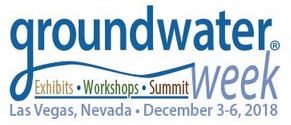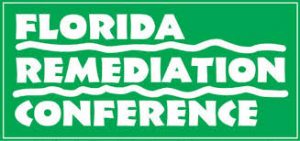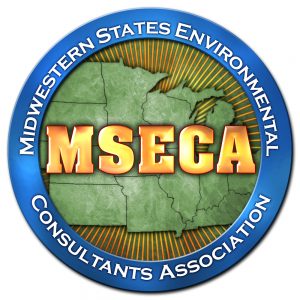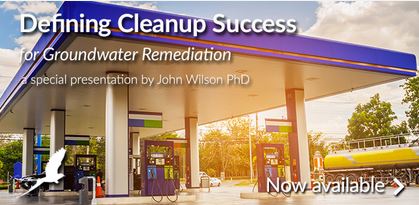
In this webinar we are pleased to have a special guest presentation by John Wilson PhD, leading authority on monitored natural attenuation and Principal Scientist at Scissortail Environmental Solutions, LLC. In this webinar Dr. Wilson poses the question: Do we need a better definition of success for cleanups at sites contaminated with residual NAPL hydrocarbons? The recording is now available to view here.


When REGENESIS launched its new PetroFix® Remediation Fluid, a new and revolutionary carbon-based solution, they realized the importance of having an experienced remediation technologist leading the product’s introduction and global marketplace management. Enter Todd Herrington, REGENESIS’ new PetroFix Global Product Manager, and a 15-year veteran with the company. With a background that includes engineering design, oversight services, and research across a broad spectrum of environmental remediation applications, Herrington brings deep experience and success in low-cost in situ remediation to lead the PetroFix product management team.

Introducing PetroFix, a Liquid Activated Carbon Remedial Fluid That Immediately Eliminates Dissolved-Phase Contaminants

PetroFix® is a new affordable, reliable remediation product designed to remove and biodegrade petroleum hydrocarbons, remediating petroleum spills and providing immediate results for gas station and UST sites. This technology works hand-in-hand with the PetroFix Design Assistant, an online tool that enables users to design and apply individually-tailored remediation plans. You design. You apply.

VIDEO Case Study: PetroFix Beta-Test Cleans Up PHCs
 This video documents a beta-test of PetroFix at a petroleum bulk storage facility in the Midwest. Environmental consulting and engineering firm Patriot Engineering was tasked to develop a remediation approach to address dissolved phased petroleum-impacted groundwater caused by leaking underground and above ground storage tanks at the site. Steve Sittler of Patriot discusses the excellent results from the PetroFix application, eliminating contaminants one month post-injection, as well as signs that indicate biodegradation is occurring. Patriot believes that PetroFix is a viable remedial option for this site and is planning a full-scale application to successfully address the state regulatory agency’s request for compliance. View the case study video here. 
Learn More About How PetroFix Destroys PHC Contaminants
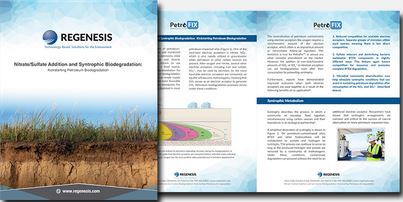 The remediation strategy employed when applying PetroFix is to adsorb contaminants on activated carbon and kickstart biodegradation by adding a nitrate/sulfate blend to establish a diverse microbial community. After the added nitrate and sulfate are exhausted, petroleum degradation will continue via syntrophic processes, meaning the continuous addition of electron acceptors is not required. The combination of an injectable form of activated carbon that can adsorb contaminants and contain them in a finite zone with electron acceptors that will initially degrade the contaminants via anaerobic pathways and promote syntrophic conditions that sustain degradation will expedite the remediation of petroleum-impacted sites. Download the technical bulletin to find out how this technology works. The remediation strategy employed when applying PetroFix is to adsorb contaminants on activated carbon and kickstart biodegradation by adding a nitrate/sulfate blend to establish a diverse microbial community. After the added nitrate and sulfate are exhausted, petroleum degradation will continue via syntrophic processes, meaning the continuous addition of electron acceptors is not required. The combination of an injectable form of activated carbon that can adsorb contaminants and contain them in a finite zone with electron acceptors that will initially degrade the contaminants via anaerobic pathways and promote syntrophic conditions that sustain degradation will expedite the remediation of petroleum-impacted sites. Download the technical bulletin to find out how this technology works.

Tutorial VIDEO: How to Use the Online PetroFix Design Assistant

To make applying PetroFix simple and easy to use, REGENESIS created an innovative and effective online tool for developing recommended dosage and designs for your site. The PetroFix Design Assistant equips environmental professionals with the tools to design individually-tailored remediation plans. This self-design, self-apply tool guides users toward effective designs that will yield the best results and allows users to easily order PetroFix through REGENESIS’ customer service. This video tutorial will walk you through using the PetroFix Design Assistant.

Webinar Recording Now Available
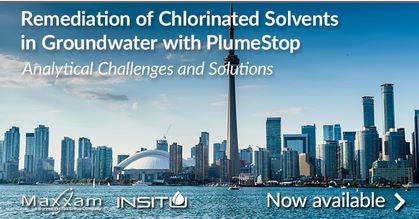
In this webinar we were pleased to have a special presentation by Heather Lord PhD, Environmental Research & Development Manager for Maxxam. Dr. Lord discussed analytical challenges and solutions when using PlumeStop Liquid Activated Carbon for in situ remediation of chlorinated solvents in groundwater. Joining Heather Lord was Rick McGregor, President of InSitu Remediation Services Ltd, who shared case studies of sites using the analytical strategies discussed in Dr. Lord’s presentation. The full recording is available here.

Upcoming Events
|

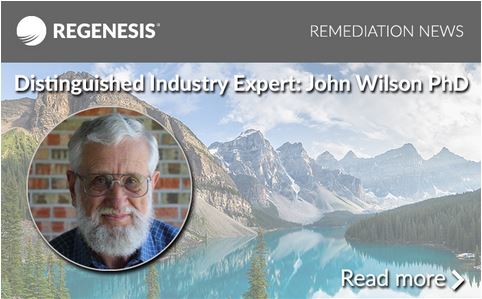



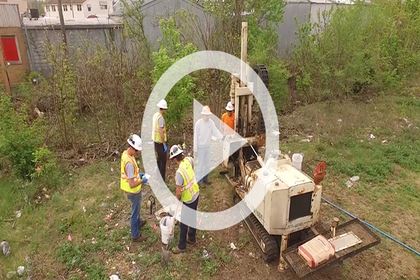
 This video documents a beta-test of PetroFix at a petroleum bulk storage facility in the Midwest. Environmental consulting and engineering firm Patriot Engineering was tasked to develop a remediation approach to address dissolved phased petroleum-impacted groundwater caused by leaking underground and above ground storage tanks at the site. Steve Sittler of Patriot discusses the excellent results from the PetroFix application, eliminating contaminants one month post-injection, as well as signs that indicate biodegradation is occurring. Patriot believes that PetroFix is a viable remedial option for this site and is planning a full-scale application to successfully address the state regulatory agency’s request for compliance. View the case study video here.
This video documents a beta-test of PetroFix at a petroleum bulk storage facility in the Midwest. Environmental consulting and engineering firm Patriot Engineering was tasked to develop a remediation approach to address dissolved phased petroleum-impacted groundwater caused by leaking underground and above ground storage tanks at the site. Steve Sittler of Patriot discusses the excellent results from the PetroFix application, eliminating contaminants one month post-injection, as well as signs that indicate biodegradation is occurring. Patriot believes that PetroFix is a viable remedial option for this site and is planning a full-scale application to successfully address the state regulatory agency’s request for compliance. View the case study video here.


